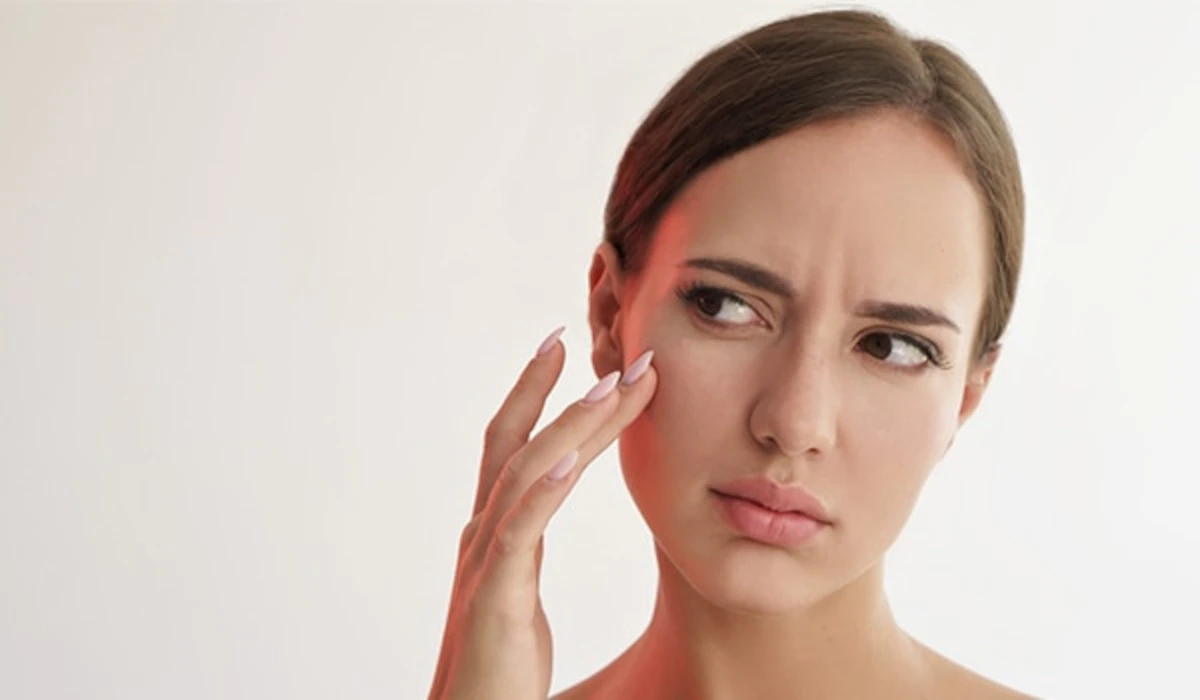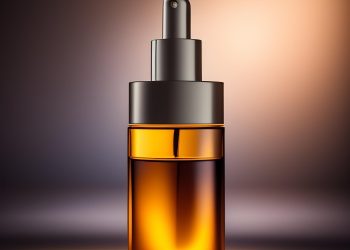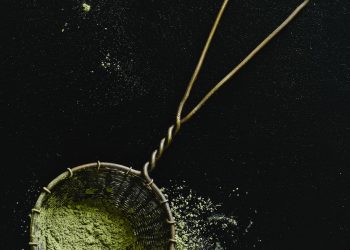Redness on the face or excessive flushing occurs when you are sunburned or have medical conditions, such as allergy, rosacea, acne, etc. [1]
Facial redness often comes with pain, inflammation, and a burning sensation. It’s an unsightly and uncomfortable skin condition from you want to get rid of as soon as possible.
Commercial products for facial redness often come with harsh chemicals that can do more harm to your skin. Instead, you can try some natural home remedies for redness on the face.
These natural ingredients are free from chemicals and may help you to get rid of redness on your face without any side effects.
How to Get Rid of Redness on Face: 10 Natural Remedies to Try
1. Colloidal Oatmeal
Colloidal oatmeal or pulverized oat is a popular remedy for different types of facial redness.
It can treat several skin conditions that may cause redness, irritation, and inflammation to your skin.
It’s because the starch, phenols, and beta-glucans present in colloidal oatmeal can effectively reduce the redness on your skin. [2]
Besides, pulverized oats have soothing effects on the face. A face mask made of it can soothe irritation and itching while reducing the flushing effect.
2. Coconut Oil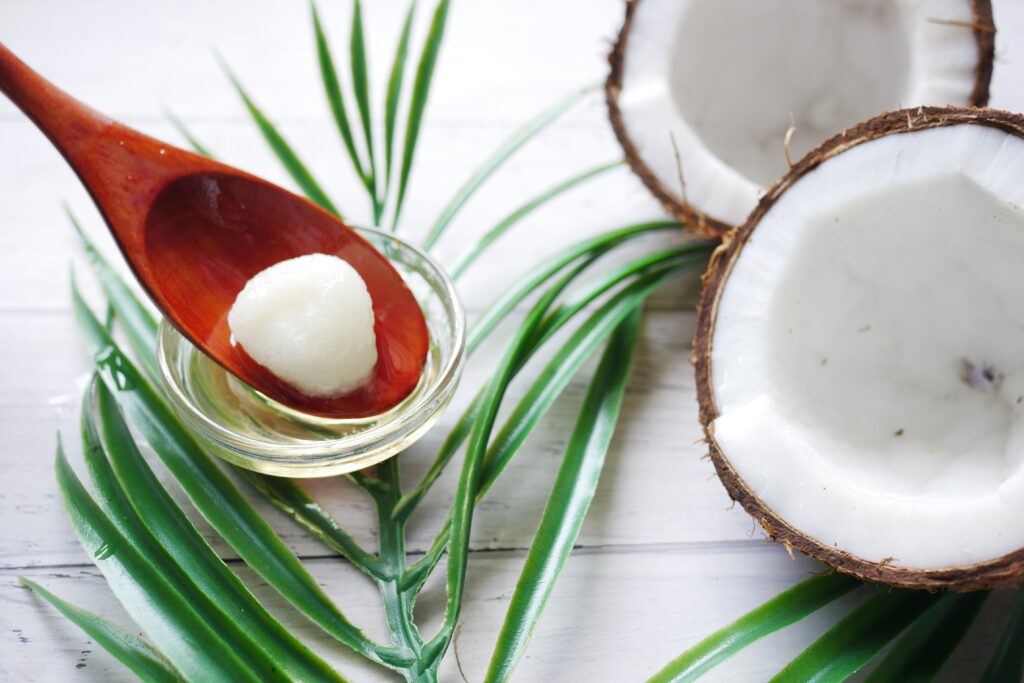
Coconut oil has moisturizing effects on the skin that can help reduce dryness, itching, excessive flushing, and inflammation.
Proper hydration is vital to reduce the redness and itchiness of the skin.
Virgin coconut oil has anti-inflammatory and skin protective properties that can hydrate your skin, help maintain proper skin barrier function, and reduce the redness of your face. [3]
Massaging your face with a few drops of coconut oil before bed may help you to get rid of this uncomfortable condition.
3. Cucumber
Cucumber has high water content, which is responsible for its cooling effect on the skin.
No such study proves its efficacy in reducing redness on the face. However, fresh cucumber juice is quite effective against skin irritations and swelling. [4]
It can also soothe the pain and inflammation due to sunburn, a key reason for facial redness.
Applying grated cucumber or juice to the affected area can keep your skin healthy while reducing the redness and irritation.
4. Green Tea
One of the most common reasons behind facial redness is actinic telangiectasia, a skin condition that can cause dilation of blood vessels and ruddy complexions.
Researchers concluded that green tea might be an effective treatment for actinic telangiectasia. [5]
It’s because epigallocatechin-3-gallate, the key polyphenol component of green tea has anti-inflammatory and anti-angiogenic effects on the skin that may help reduce the redness. [5]
You can soak a washcloth in chilled green tea and put it on your face. It will also soothe the irritation and redness caused by UV radiation.
5. Manuka Honey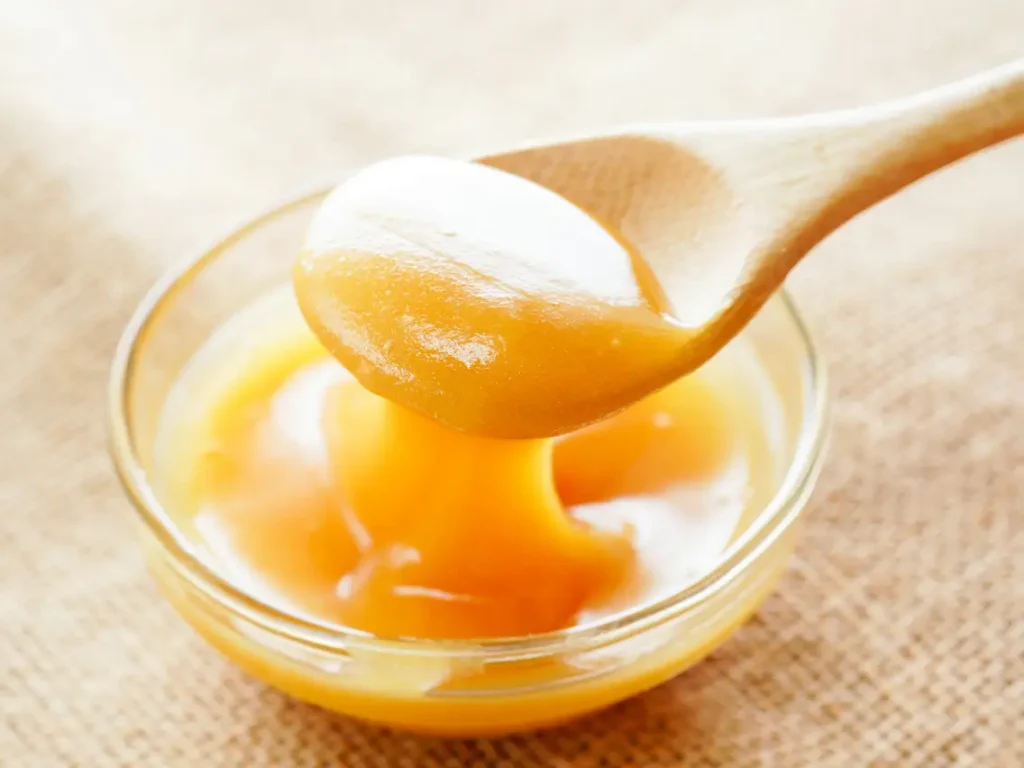
Manuka honey is a popular type of honey from New Zealand. It is collected from the bees, which feed on the flowers of the manuka tree.
Manuka honey is rich in antioxidant, anti-inflammatory, and natural healing properties.
The powerful antibacterial properties of this special honey can reduce the symptoms of acne, eczema, rosacea, and several other skin conditions that may cause facial redness, irritation, and inflammation. [6]
A study published in the Current Drug Metabolism suggests that the immunomodulatory properties of manuka honey can help enhance tissue regeneration and wound healing. [7]
You can directly apply the honey to the affected area of your skin.
6. Licorice Root
Licorice root has positive effects on various skin conditions, including facial redness.
Glabridin and licochalcone A are the two chemical components of this herb that have anti-inflammatory and anti-irritant effects on the skin. [8]
A 2006 study showed that a skincare solution containing licochalcone A improved the appearance of persistent facial redness in patients with rosacea. [8]
Besides, the licorice root contains another chemical component named glycyrrhizin, which has anti-inflammatory effects on the skin. It has been proved to treat several skin disorders such as eczema. [9,10]
You can make a paste using licorice powder, honey, and aloe vera and apply it directly to the affected area.
7. Flaxseed Oil
Flaxseed or linseed oil is derived from the dried, ripened seeds of the flax plant. The oil is rich in nutrients that are beneficial for skin health.
Flaxseed oil contains a significant amount of linoleic acid, a polyunsaturated omega-6 fatty acid that may improve skin condition.[11]
Two female treatment groups participated in a clinical trial where some of them received a supplement with flaxseed oil, and others got a supplement with safflower seed oil. [12]
After 12 weeks, those who received flaxseed oil showed improvement in skin hydration, smoothness, reduced roughness, sensitivity, and irritation. [12]
A recent animal study reveals that flaxseed oil could reduce the symptoms of eczema such as swelling, itching, and redness. [13]
You can consume flaxseed oil or eat some flax seeds when you feel like having some snacks.
8. Lavender Oil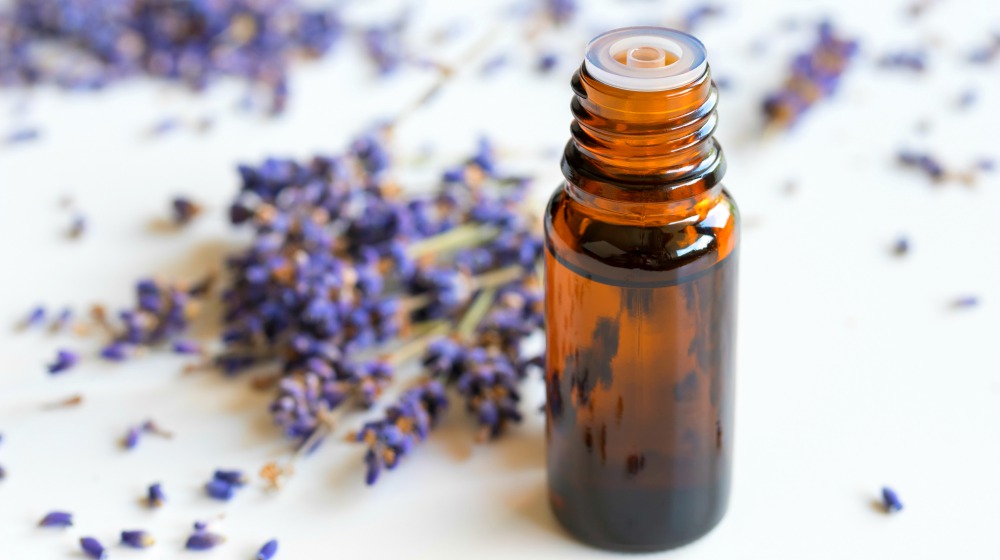
Anxiety and stress are considered as some of the key reasons for redness on the face. Lavender oil can be a good solution if you have a ruddy complexion due to stress.
This essential oil is rich in anti-inflammatory, analgesic, antioxidants, and antifungal properties that help soothe several skin conditions.
Linalool and linalyl acetate are the two components of lavender oil that have anti-inflammatory effects on the skin. [14]
Due to its medicinal properties, lavender oil can also treat eczema, and psoriasis, and soothe dry skin. [15]
9. Feverfew Tea
Although known as one of the best herbal teas for headaches, feverfew tea can also treat various skin problems such as roughness and facial flushing.
Research published in the Archives of Dermatological Research confirms that feverfew can protect your skin from UV radiation, one of the main causes of facial redness. [16]
The herb has anti-inflammatory properties that can help reduce the roughness, blotchiness, redness, and irritation in sensitive skin. It can also treat various skin conditions like eczema, psoriasis, and rosacea. [17]
If you have sensitive skin, you can easily apply cold feverfew tea on your skin as it can reduce the sensitivity. [18]
10. Cold Compress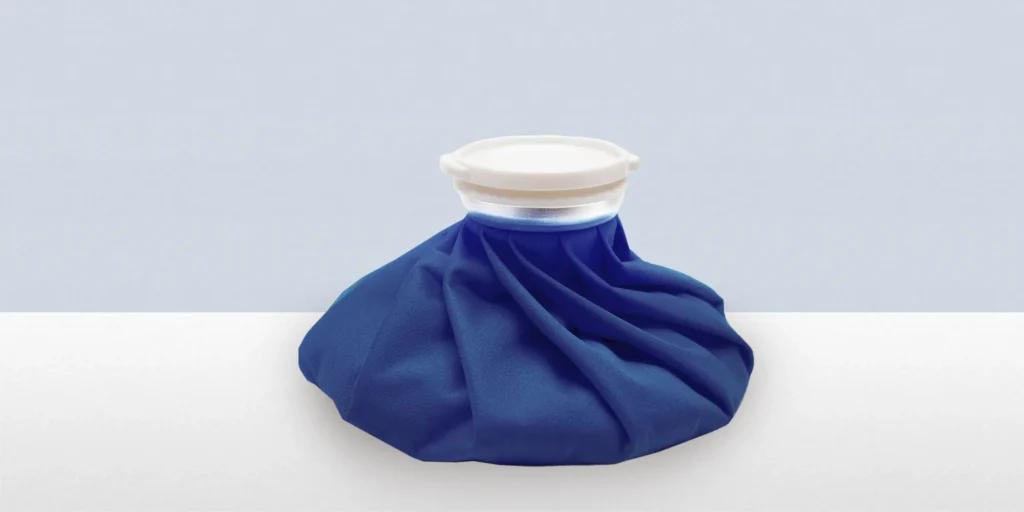
If you’re scared of using any remedies due to skin sensitivity, a cold compress might be the best solution for you.
It’s one of the most popular natural treatments for facial redness, as well as some injuries such as bumps and bruises.
Research suggests the cold compress as a viable treatment for facial redness as the cold temperature can reduce inflammation and soothe your skin. [19]
When you have skin irritation and redness, just soak a piece of cloth in cold water and apply it to your face.
Some Tips to Get Rid of Redness on Face
- Drink a lot of water, especially in the daytime.
- Avoid hot and spicy foods as they may trigger facial flushing.
- If you’re an alcoholic, quit this bad habit.
- Follow a healthy diet consisting of vitamins and minerals such as vitamins A, B, C, and E, zinc, iron, and magnesium. You must also consume fruits and vegetables that are high in water content.
- Do not expose your skin to extreme sunlight. Use a scarf or umbrella and wear sunblock lotions whenever you’re going outside.
- Do regular exercise or yoga to reduce stress.
Bottom Line
Redness on the face can be extremely irritating. A reddish and rough complexion can lower your confidence, restraining you from going out and meeting people.
In most cases, facial redness is harmless. However, if you’re having this rough and red complexion due to some other diseases, you need to see a doctor.
Instead of wasting your money on makeup to cover the redness, you can try these home remedies to reduce the symptoms naturally.
Read Next: How to Get Rid of Chapped Lips: 11 Ways That Actually Work
